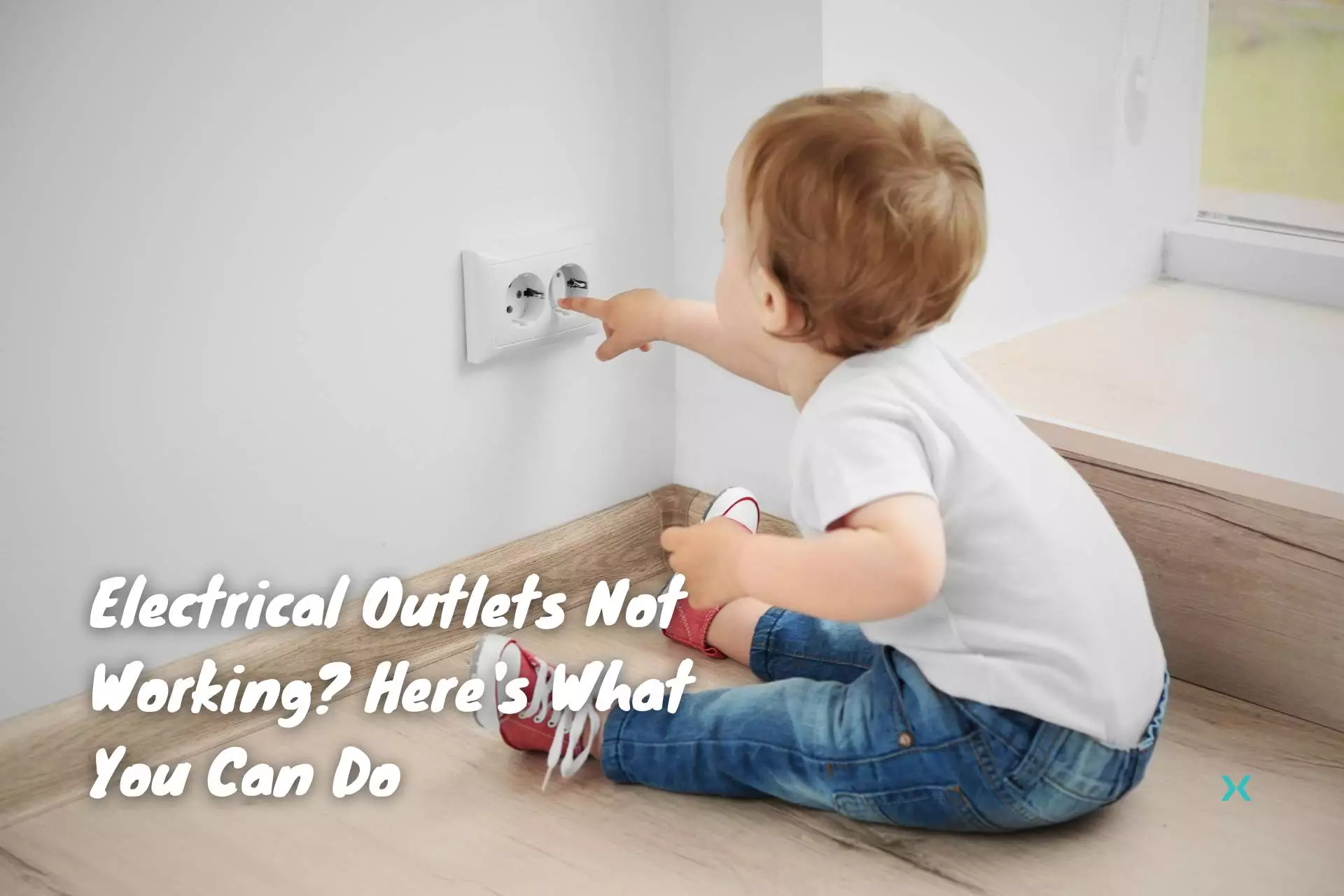⚡ Electrical Outlets Not Working? Here’s What You Can Do
Outlets are the most common electrical device in your home. In most rooms, you probably have at least one on each wall. If they are badly wired, it is dangerous.
Most homeowners will have noticed some outlets which require replacement, for example, if a bad outlet is not functioning properly, has loose receptacle slots, if an outlet has only two prongs, or if you have a sparking outlet or damaged outlets.
Addressing these issues will help you protect your property and protect people. Here’s how to identify and fix outlets that are badly wired.
Table of Contents
⚡ Get an Outlet Tester
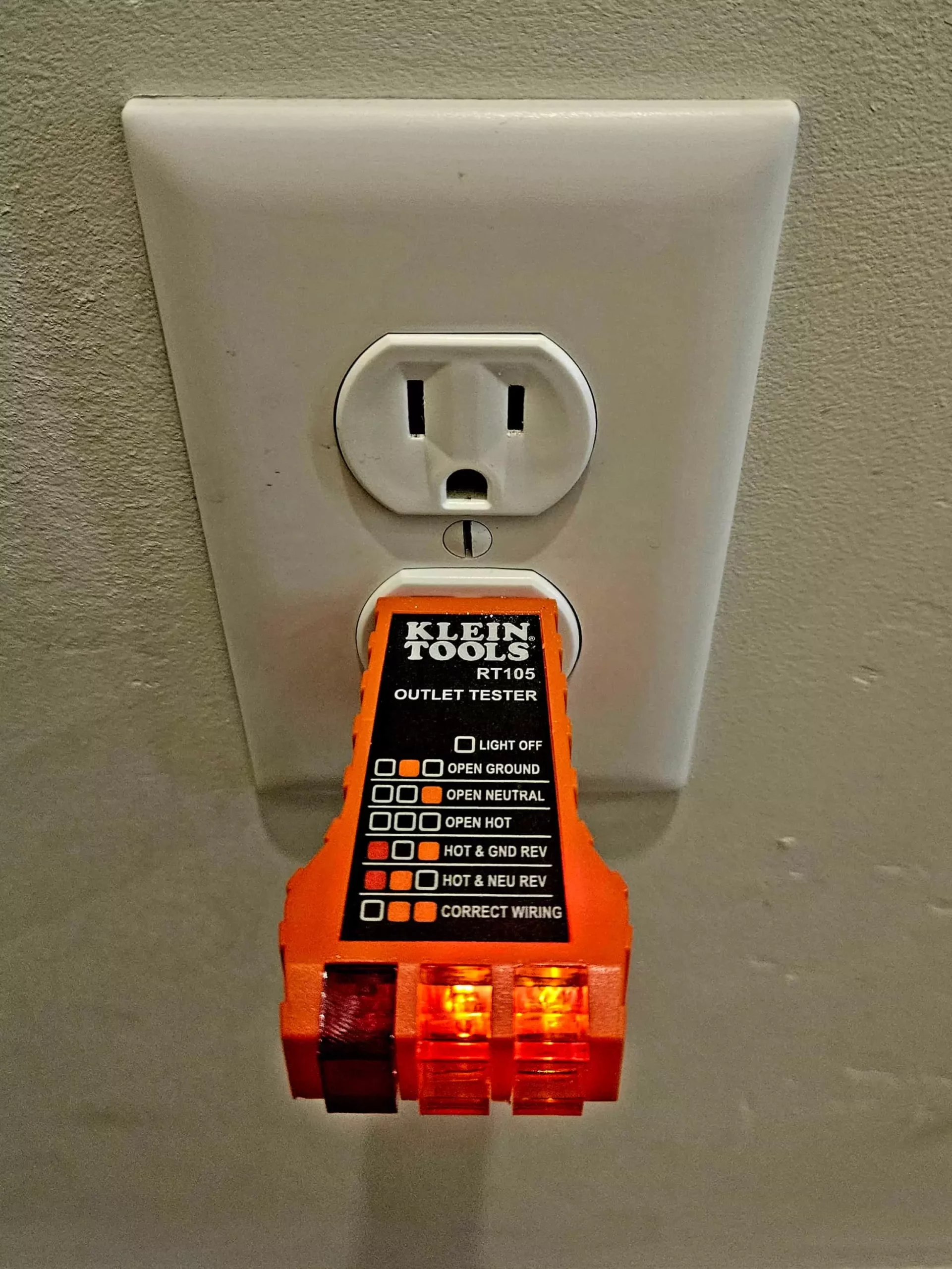
A standard outlet tester or voltage tester is an essential tool.
A handheld tester doesn’t just confirm that the outlet is live.
It also has a set of lights to let you know if there are any problems with the wiring and what the specific problem is.
For this reason, an outlet tester or voltage tester can be an invaluable tool for finding unsafe wiring.
Some outlet testers include an option to test GFCI outlets.
A small button will simulate a ground fault, confirming that the ground fault circuit interrupter aspect of a GFCI outlet is functioning properly.
A GFCI outlet is an important safety device in all homes, and the National Electrical Code requires them.
📗 Related Reading: The Electrical Tools Every New Electrician Should Have
⚡ Ungrounded Outlets
One of the most common wiring problems is ungrounded outlets. Ungrounded outlets are dangerous.
If an outlet is ungrounded, you might get a shock with any device you plug in if the wiring within that device is faulty.
Identifying ungrounded receptacles is important for your safety.
📗 Related Reading: Homeowners Guide to Electrical Safety
🧰 What is Grounding, and How Does It Work?
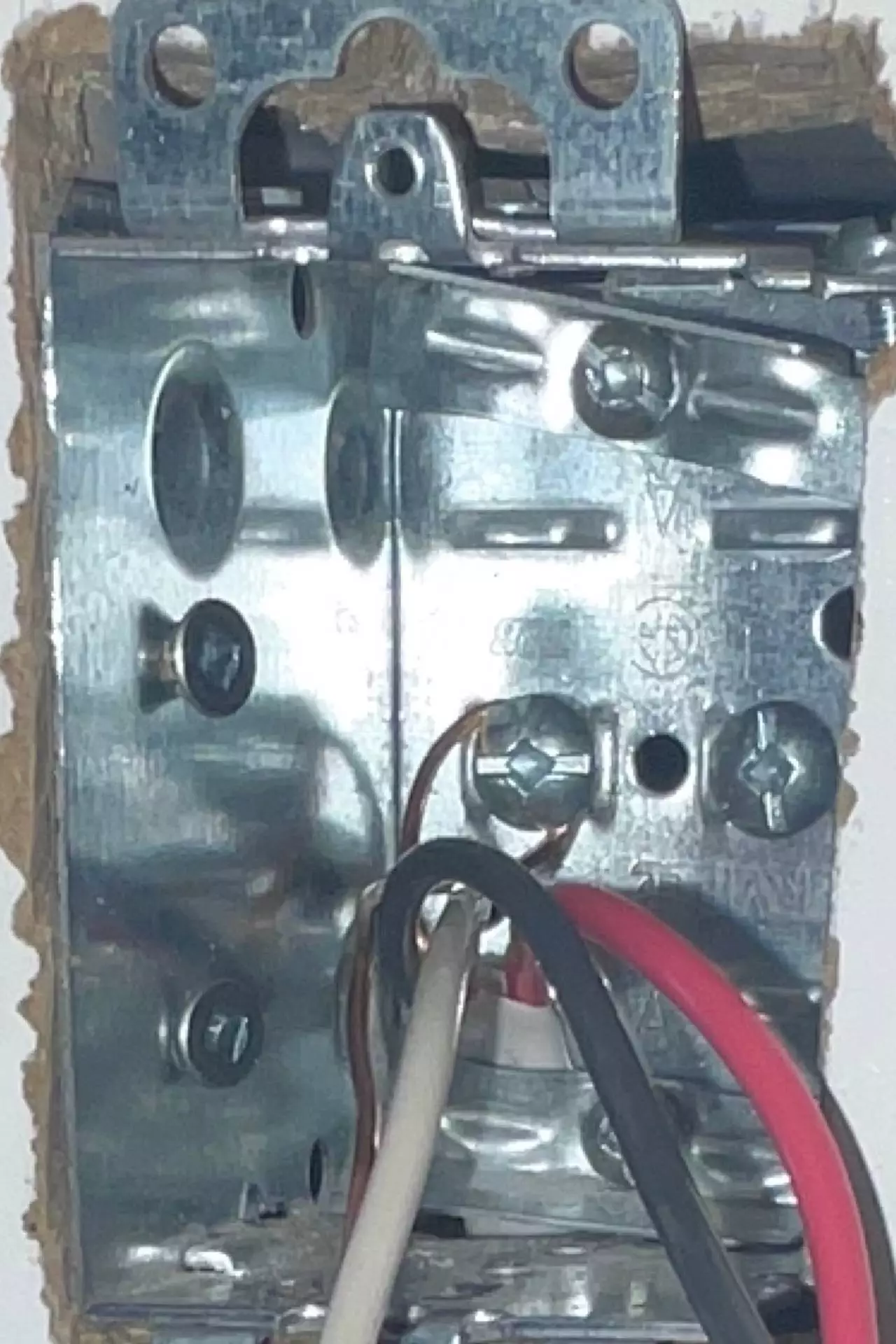
The ground wire must be attached to any metal part of an electrical system that is not supposed to be electrified.
This includes the outlet boxes and the frame or body of any plugged-in device.
This provides a grounding path for the electricity.
If the ground wire is properly connected, when a loose live wire touches something it shouldn’t, such as a metal box, the breaker will trip, cutting power to the circuit.
Any outlets which are not properly grounded pose a potential hazard.
🧰 How to Fix an Ungrounded Outlet
If your outlet tester shows an “open ground” reading, that outlet needs to be rewired to be properly grounded.
Turn off the circuit breaker, confirm that the outlet is dead, and remove the outlet.
Ensure that the ground wire is securely attached both to the ground screw on the outlet box and the ground connection on the outlet itself.
Secure the outlet to the box, turn on the circuit breaker, and retest the receptacle.
If it still tests as open ground, then the ground may be disconnected elsewhere on the circuit.
🧰 Two Prong Outlets
A standard electrical outlet will have three holes, one for the hot wire connector, one for the neutral, and a third one below these two for the ground.
When a three-prong plug is used, that provides an equipment ground for the plugged-in device.
If an outlet is missing the ground hole, then it is obviously not providing ground protection to your devices.
It is best to replace two prong outlets with a newer electrical outlet.
Three prong outlets will allow you to ground the electrical outlet itself properly and thereby ensure that your devices are properly grounded and that you are safe.
Using a two-prong outlet, without that third prong, your device housing may become electrified, exposing you to dangerous shocks.
Any two-prong outlet poses this danger.
🧰 What If There’s No Ground Wire?
While three-prong outlets have the ability to be grounded, you may not always have ground wires to attach to the three-prong outlet.
Ground wires were a new technology introduced in the 1950s.
For old houses built during that era or earlier, you may find that there are no ground wires available.
In this case, there is no way to provide a ground path.
Ideally, you would replace any such wiring, allowing you to ground the affected outlet properly.
🧰 GFCI Outlets
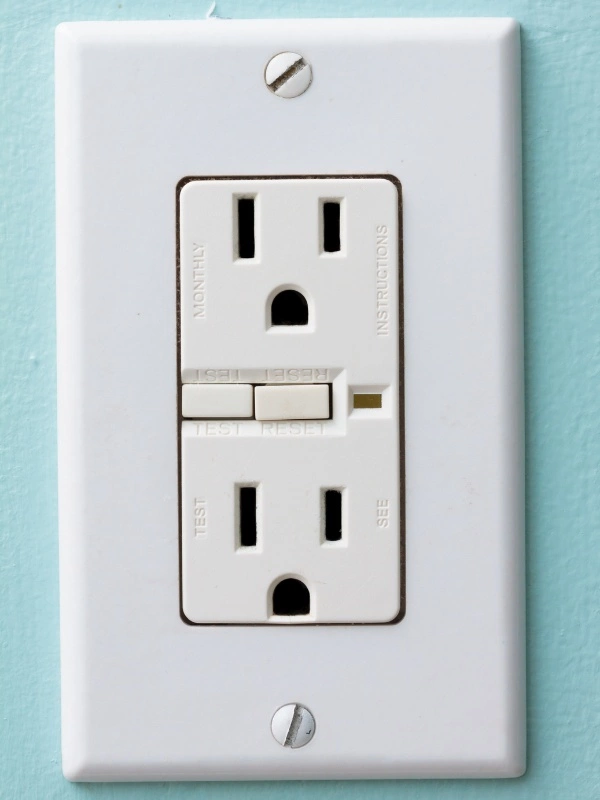
If replacing the wire is not practical, the only option is to install a GFCI outlet (ground fault circuit interrupter).
Ground fault circuit interrupters are essentially specialized circuit breakers, which are much more sensitive than standard circuit breakers.
Circuit breakers will trip in the case of a ground fault or short circuit.
Even without a ground wire, GFCI outlets will detect the slight voltage change due to loose wires and cut the power.
The National Electrical Code (NEC 210.8(A) requires GFCI outlets in bathrooms, on the exterior of homes, and anywhere close to water, such as laundry rooms.
By placing a new GFCI outlet on the first outlet of the circuit, you can provide GFCI protection for all downstream outlets connected.
A GFCI receptacle on the first outlet lets you give GFCI protection without replacing all outlets with GFCI outlets.
A GFCI receptacle is usually easy to install and can be purchased at most hardware stores.
As always, turn off the circuit breaker in your breaker panel when working on a circuit.
If you are not experienced with electrical work, contact a professional electrician.
⚡ Loose Outlets and Missing Covers
An electrical outlet can be wired properly but still have visible problems that pose a hazard.
If the receptacle is loose or missing a cover, fix that issue.
Outlet cover plates may seem like a fairly minor issue which don’t have much to do with safety, but the opposite is true.
When a cover plate is missing, the wire connections of the outlet are exposed.
Without a cover plate covering the terminal screws, a person can be shocked by touching the outlet screws, or an object can fall and touch the terminal screws accidentally.
To keep the terminal screws safely covered, replace all your missing cover plates.
Behind the cover plate, a receptacle should be securely screwed to the outlet box.
If an outlet is not properly secured to the box, you will find that it pushes in and wiggles about when you are plugging in devices.
If the outlet is loose, this can pose a danger.
Over time, the repeated wiggling of the outlet can loosen the wires on the terminal screws or splices, eventually working a wire loose.
Secured all your outlets to avoid this danger.
⚡ Use The Terminal Screws, Not the Stab-in Method
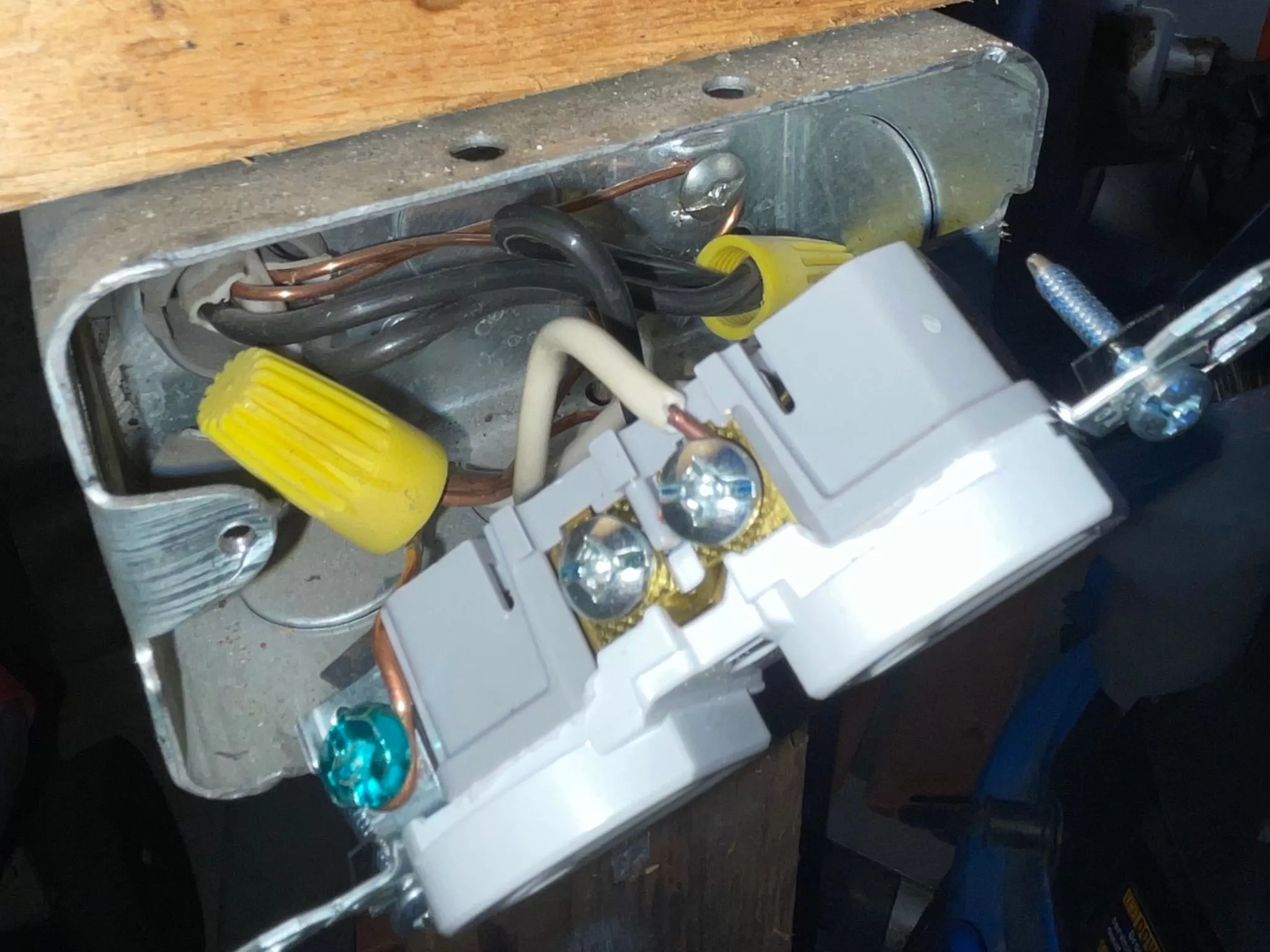
An outlet is manufactured with two sets of terminal screws for the neutral and hot wire and a ground screw for the ground wire.
However, there are also a set of holes in the back of the outlet.
These are used for the “stab-in” method for connecting the neutral and hot wires.
Rather than using the proper terminal screws, you can strip the wire and jam them into the stab-in holes, where they are clamped into place internally.
This method is useful to save time when installing a large number of outlets at once, but there’s a reason why professional electricians do not use the stab-in method.
This type of connection is unreliable and has a slightly higher failure rate than using terminal screws.
Using the terminal screws is the best and most secure way to attach the neutral and hot wires to receptacles.
When installing a new receptacle, always use the terminal screws, and if any of your other outlets use the stab-in method, replace or rewire them to use the terminal screws.
⚡ Unsafe Splices
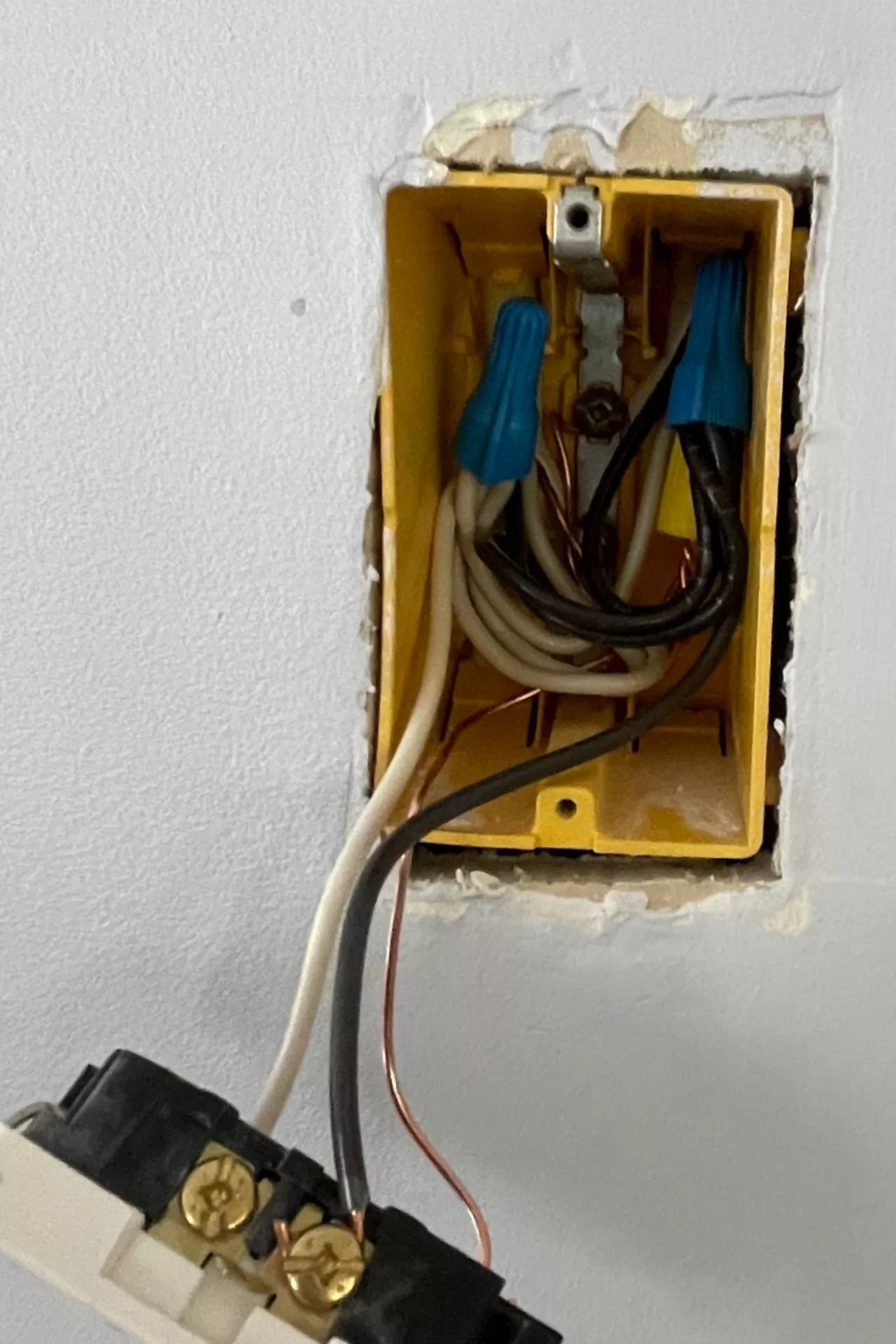
Unless an outlet is at the end of a circuit, it will normally have one set of wires bringing power in and another set carrying power to the new outlet on the circuit.
The proper way to accomplish this is to splice the two sets of wires together along with a spliced pigtail and attach them to the outlet.
Obviously, it’s important to have solid and safe splices.
If the splices are poorly done or some wire is exposed, electrical arcing may occur. In a worst-case scenario, a splice may work loose over time.
To do a secure and safe splice, the wires must be solidly twisted together, a splice cap installed, and no bare copper exposed outside the splice cap.
This is the standard method today, but in decades past, splice caps were not used.
If your home was built earlier than the 1980s, you may have splices that do not use space caps.
Instead, they may use the “crimp and tape” method.
In this older method, the wires are spliced together using a metal crimp, and this crimp is wrapped in electrical tape.
Although this was the correct splicing method in the past, it is less reliable than the modern method and results in a slightly higher failure rate.
Over time, the electrical tape can unravel or wear thin, allowing the metal crimp to be exposed, possibly resulting in electrical arcing.
Any splices using the old crimp and tape method should be respliced using the modern method.
⚡ Broken Neutral
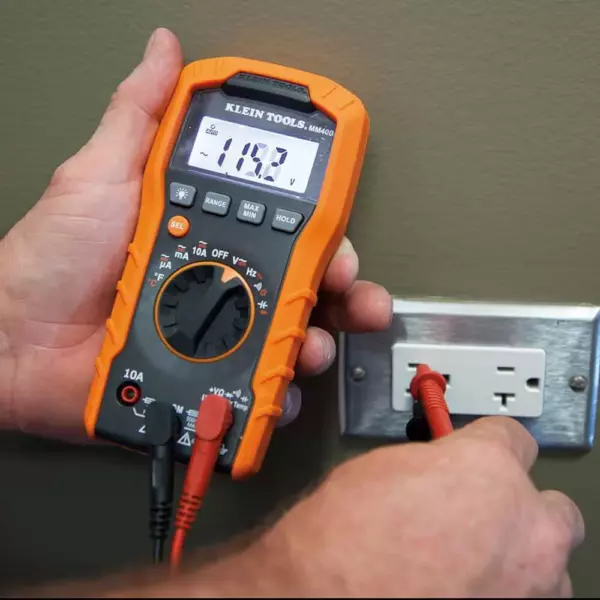
If you plug a device into a dead outlet and it doesn’t work, it’s reasonable to suspect that the circuit is dead.
You may check the circuit breaker, and you may test the outlet with an outlet tester.
However, it is possible for the outlet to be live and yet plugged-in devices to still not work.
The most common reason for this behavior is a broken neutral.
Throughout the entirety of any circuit, including at any outlets, switches, and lights, the neutral wire should always be solidly connected without any breaks.
If, at any point along the circuit, the neutral wire is disconnected, then an outlet may have insufficient voltage to power a device, even though the hot wire is still live.
When using an outlet tester, the problem of a broken neutral may be displayed either as a broken neutral or “hot and ground reversed.”
Finding the location on the circuit where the neutral is broken can be tricky.
The first thing to check is to ensure that the splices for the problem receptacle are solid.
However, if the neutral is spliced properly at that location, and the problem persists, then you will have to check the rest of the loose connections on the circuit.
⚡ Final Thoughts on Electrical Outlet Not Working

Electrical outlets are located in all areas of your house, and it’s important that they are wired safely.
Make sure they are wired properly and are safe.
Replace any receptacles which are damaged or defective.
Make sure outlets in wet areas are GFCI protected and install GFCI outlets if they are not, and use a tester to confirm that the ground fault circuit interrupter aspect of your GFCI outlet is working properly.
Replace any dangerous receptacle to increase the safety of your home.
📗 Want to learn more about your home’s electrical system? Check out our other electrical articles in our homeowner series!
Related Reading: Top 10 Common Home Electrical Problems and Solutions

